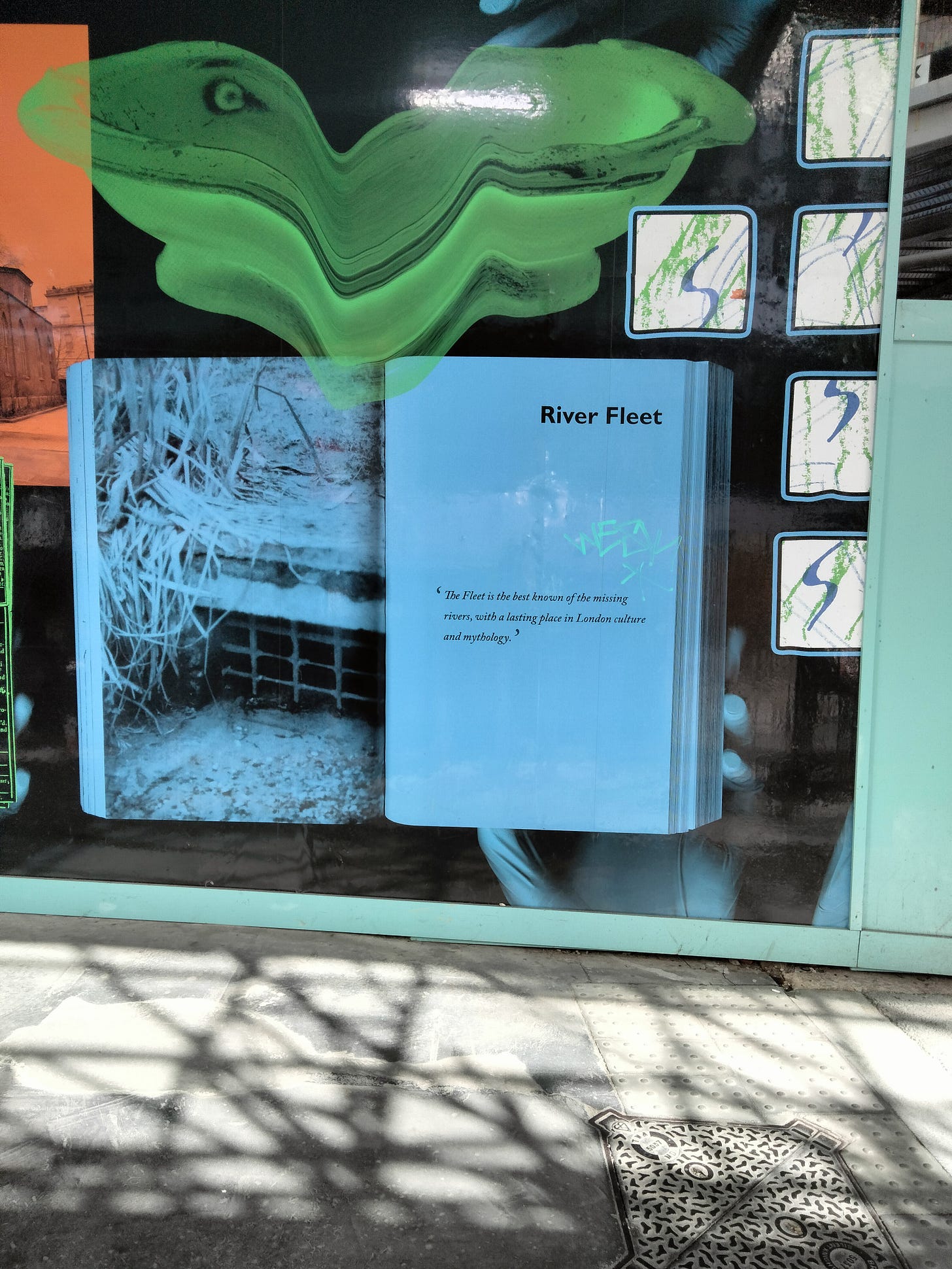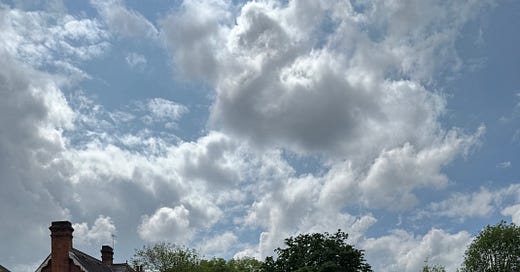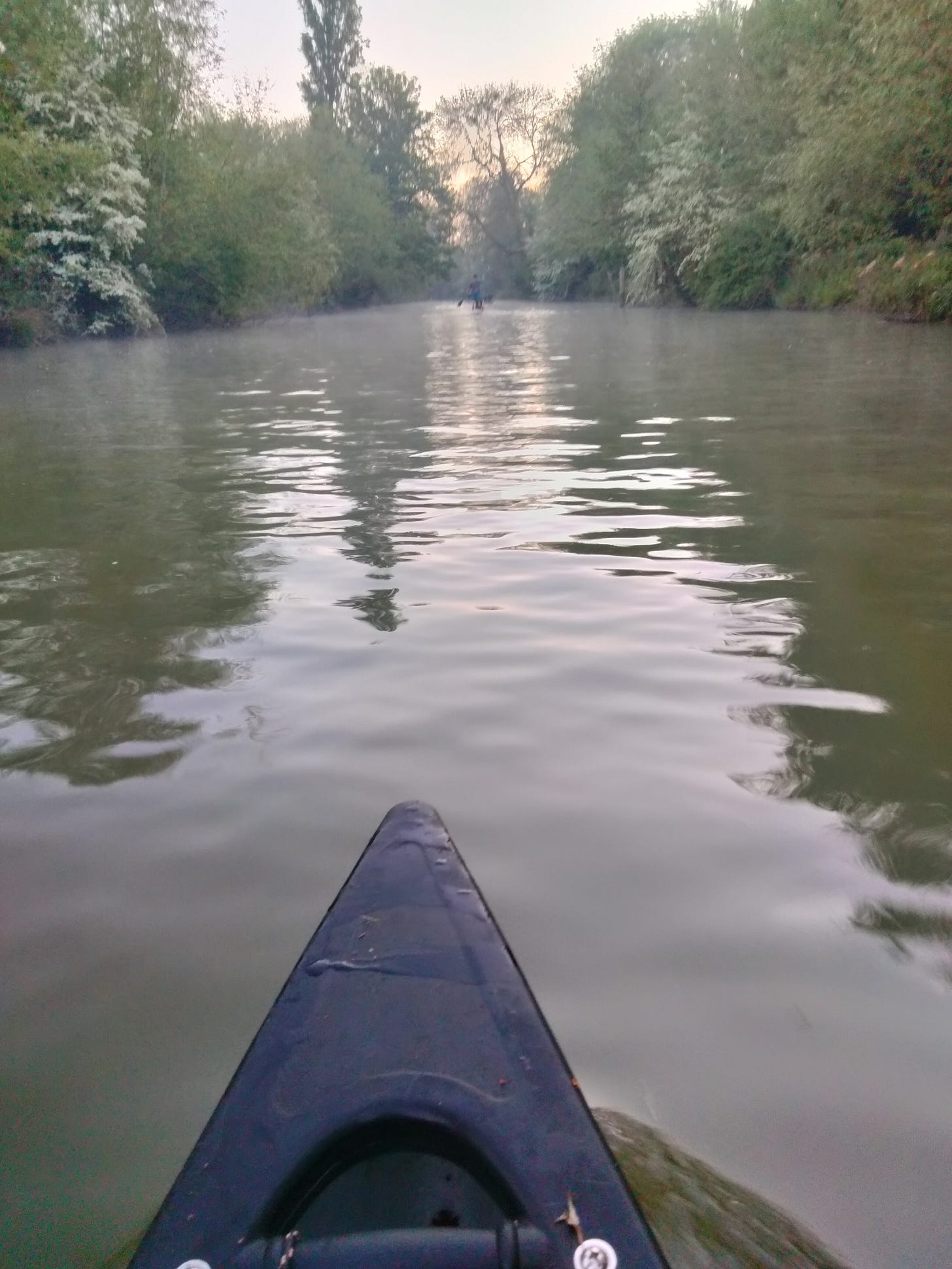First Ouse, then Loddon. Meet the new river people
When is a river a person and not just a river? And why this river-lution matters for paddleboarders.
In author Robert Macfarlane’s newest book Is A River Alive? the first section focuses on the Los Cedros cloud forest in Ecuador, and in particular the River of the Cedars. It’s still a special place in part because Ecuador has a constitution which includes Rights for Nature. Nature… “has the right to integral respect for its existence and for the maintenance and regeneration of its life cycles, structure, functions and evoloutionary processes.”
Nature also has a right to be restored when damaged and there is an obligation upon the state to restrict activities that might lead to “the extinction of species, the destruction of ecosystems and the permanent alteration of natural cycles.” This was signed off in 2006 - a global first. But it wasn’t tested for a while…
I think paddleboarders know a river is alive. They’ll have been on it and known; seen it steaming on early morning adventures and known; and stayed off it when the Red Boards go up (along the Thames).
Perhaps most people intuitively think of a river as alive and deserving of the rights outlined above, or feel angry when a river is polluted by sewage but might not know what they can do.
At the same time as the clever lawyers were trying to find ways to represent Rights for Nature, the corporations have gradually been acquiring comparable rights to the ones humans have. In Monica Feria-Tinta’s very readable book, A Barrister for the Earth, which looks at ‘ten case of hope for our future’ she also points out that some companies are now thought of as a ‘person’ under particular Acts.
And that has made all the difference.
If companies hadn’t gone down a route of insisting they were a ‘person’ and thus entitled to legal rights, then maybe our rivers wouldn’t have needed to do so either.
Because if a river is not allowed to flow, or is made sick from pollution then there’s not much the law can do other than regret the collateral damage. If however that river has personhood rights, there’s a lot that the law can insist upon.
Which is how the South American idea of Pacha Mother (Mother Earth) and living rivers is gaining traction in many places including New Zealand, Canada and now in the UK.
One of the barristers who is helping to get rivers granted “personhood” is Monica Feria-Tinta who I heard speaking on Earth Day at the Conversation in St Martin in the Fields and who’d helped The River of the Cedars in Ecuador secure its personhood rights.
And now this river-lution is spreading to the UK.

In February 2025, the 56km River Ouse in Sussex was reborn with “rights” and “personhood”. The campaign began with a charter listing the Rights of the River Ouse. This was eventually adopted by Lewes District Council. In the Charter, the rights for the River Ouse include:
The Right to exist in its natural state
The Right to flow
The Right to perform essential natural functions within the river catchment
The Right to feed and be fed from sustainable aquifers
The Right to be free from pollution
The Right to native biodiversity
The Right to regeneration and restoration
The Right to an active and influential voice
More info here.
Then in May 2025 the River Loddon in Hampshire was also recognised as a legal entity - this time by Basingstoke Town Council, see more info here.

Why it matters
As rivers gain legal rights - often thanks to campaigns that have been crowdfunded - they gain status. It means that rivers are safeguarded. In the press there has been quite a bit of coverage about how Rights of Nature and the granting of “personhood” on a river will allow a river the right to own property, sue and agree to contracts. Strange as this might sound, it is necessary because these are also things that a corporation can do, empowering the river to fight back…
When a river gets rights it now has a way to respond to agricultural run-off, road run-off, extraction and pollution.
This is going to be good for rivers and all the ecosystems that rely on them - including humans.
As time goes by perhaps we will all learn to respect our rivers more. My own lack of knowledge about what a river wants means that, for now, I can only offer invasive weed removal (eg, floating pennywort) or litter picking (there’s still time to join Paddle UK’s Big Paddle Clean Up as it runs into June). But we also all have the opportunity to learn the names of the plants, animals, reptiles and birds that make waterways their home and take far more care when using a river.
We can also talk to paddlers and their friends a bit more about rivers - where do they flow? how healthy are they? who else locally is looking out for them?
Thinking of a river with respect is new for most of us. We may have felt an instinct, but that’s not the same as knowing what to do. So now’s the chance to get ahead of the curve in the rivers with personhood status. And surely the first step is to know the rivers you use far better, her seasonal language and discomforts. What do you think? Do share in the comments.

Wonderful books
A Barrister for the Earth by Monica Feria-Tinta (Faber &Faber, £22)
Is A River Alive? by Robert Macfarlane (Hamish Hamilton, £25) Here’s a book review on this substack.





